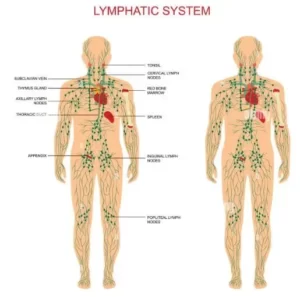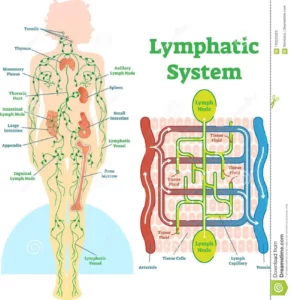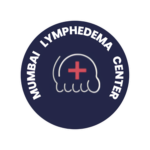Frequently Asked Questions (FAQs)
Lymphedema FAQs


The lymphatic net work starts with tiny lymph collecting vessels starting in our feet, legs, hand, forearms, body, breast, head, neck and in fact all parts of the body. Once the lymph fluid is collected, it is transported towards the lymph nodes (glands) using a special valve like mechanism. In the lymph node, the lymph is filtered and a relatively cleaner lymph is then further transported till they ultimately drain into a major vein and thus come in the circulation. As explained before, this network is a system in addition to the blood vessels.
The various types of lymphedema are
A) Congenital (By birth)
B) Acquired (Obstruction due to some disease)
Congenital Lymphedema – In this condition, the lymph channels are not developed. Depending on how less the lymph channels are, the swelling can develop immediately after birth, or can happen in adolescence or sometimes it can manifest even after 35 years of age ( Lymphedema tarda).
Acquired Lymphedema – These may be due to
i) Disease like Filariasis ( HAATHI PAO) where the filarial worms get lodged in the lymph vessels and destroy the valve. Because of this, the lymph is not able to travel to the glands and gets accumulated in the lower limb. Lower limb is most common because the mosquito carrying the filarial germs bites the legs. This is very common in South India and Eastern India.
ii) Cancer Surgeries in which the glands are removed, such as breast cancer. We all know that many cancers spread through the lymph nodes. For such cancers, the optimal surgery involves removal of the cancer as well as the lymph nodes. When the lymph nodes get removed, the lymphatic fluid flow is obstructed and thus the swelling starts. In Breast cancer, the glands in the axilla are removed, so the upper limb becomes swollen. In some cancers like cancer of genitals and leg, the groin lymph nodes are removed, hence the lower limb swelling occurs.
iii) Radiation-Radiotherapy to the axilla or groin may give rise to the swellings of upper or lower limb.
iv) Trauma – Trauma or injury to lymphatic system may cause swelling.
- Clinical examination.
- Lymphoscintography.
- Lymphangiogram
- MR lymphangiography.
- Sonography.
- Venous colour doppler to rule out venous problems.
- Lymphangiography and MRI are most useful.
- Clinical examination.
- Lymphoscintography.
- Lymphangiogram
- MR lymphangiography.
- Sonography.
- Venous colour doppler to rule out venous problems.
- Lymphangiography and MRI are most useful.
The complications of lymphedema are
i) Mechanical : heavy limbs or genitals
ii) Progressive increase in the swelling if not treated
iii) Infections, which can become serious with pus forming, skin damage etc. which may lead to various surgeries and treatment of infections. All these can be very debilitating and morbid for the patients.
iv) Malignancy : sometimes in the scars, cancer can also originate.
When the patient comes for the first time, and then at every visit , a detailed evaluation is done including history of any fresh problem. The limb ( leg or arm) is assessed for any infection or impending infection.
Various measurements are serially taken to see the progress.
In this way we are able to objectively evaluate the patient rather than subjective.
Periodically photographs are also taken for better assessment.
